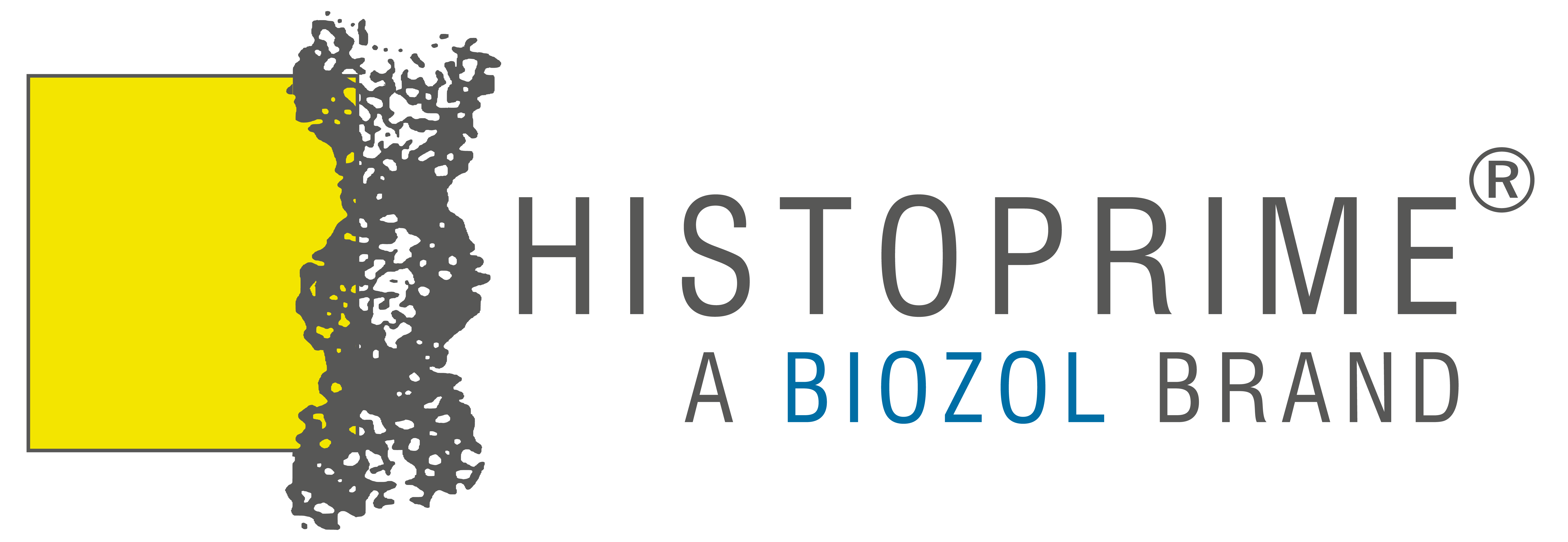Mouse anti-Human Cytokeratin-7 (CK-7) (unconjugated), Clone OV-TL 12/30, IgG1, Ready-to-use
Ready-to-use Antibody for Immunohistochemistry
Background
Part of the cytoskeleton of epithelia and cells derived from them consists of cytokeratins. These interrelated polypeptides are divided into two groups, acidic and basic peptides. To date, 20 cytokeratins have been characterized in more detail and their expression in different cell types has been studied. The molecular weights range from 40 to 69 kDa. Each epithelial tissue shows a specific and stable expression pattern of cytokeratins.
A nomenclature of cytokeratins used for immunohistochemical studies was outlined by Moll et al. (1982). Cytokeratin 20 was discovered and characterized at a later time (Moll et al. 1990 and 1992). In the differential diagnosis of carcinomas of the abdomen, cytokeratin 7 and cytokeratin 20 are highly complementary.
Normal Tissues
The monoclonal antibody E061 reacts with cytokeratin 7 in numerous epithelia of glands and glandular ducts including bile ducts and transistorized epithelia of the urinary tract. Most notably, epithelia of the lung and breast are visualized with this antibody. The antibody does not react with prostate epithelia, colonic epithelia, squamous epithelia, hepatocytes and other nonepithelial cells. Of course, it also does not react with other cytoskeletal proteins.
Abnormal Tissues
Neoplasms that express CK-7 are derived from tissues that also normally produce CK-7. These include specific adenocarcinomas of the ovary, breast and lung, and transitional cell carcinoma.
Gastrointestinal carcinomas and prostate carcinomas are usually negative, as are squamous cell carcionomas, making the antibody a relatively good marker for adenocarcinoma and transitional cell carcinoma (Ramaekers et al., 1990).
Small cell lung carcinoma (SCLC) and endocrine tumors of the intestinal tract and pancreas are also negative. With adenocarcinomea of the lung, breast, and non -mucinous carcinomas of the ovary negative.
| Specificity | Cytokeratin-7 (CK-7) |
|---|---|
| Species Reactivity | Human |
| Host / Source | Mouse |
| Isotype | IgG1 |
| Application | IHC-F, IHC-P |
| Clone | OV-TL 12/30 |
| Antigen | Human Cytokeratin-7 (CK-7) |
| Quantity | 5 ml |
| Format | RTU |
| Storage Temperature | 2-8 °C |
| Shipping Temperature | 20 °C |

